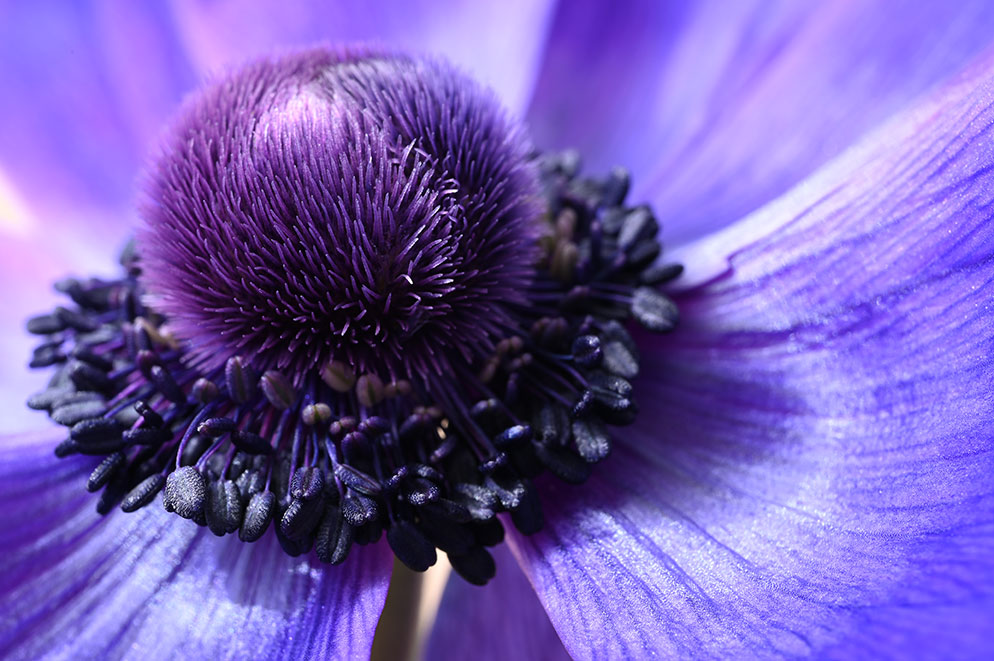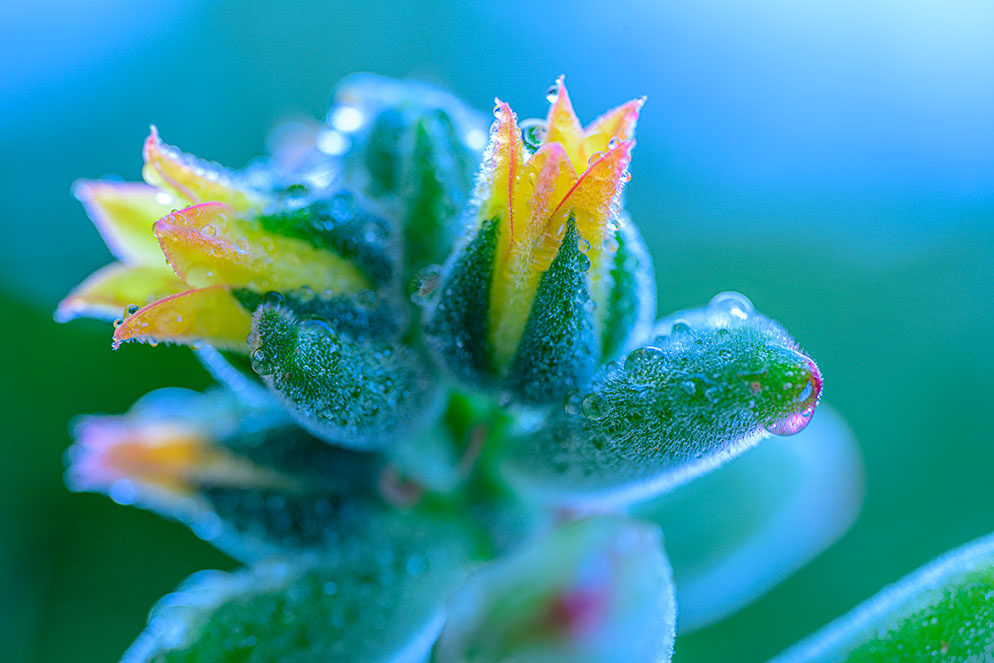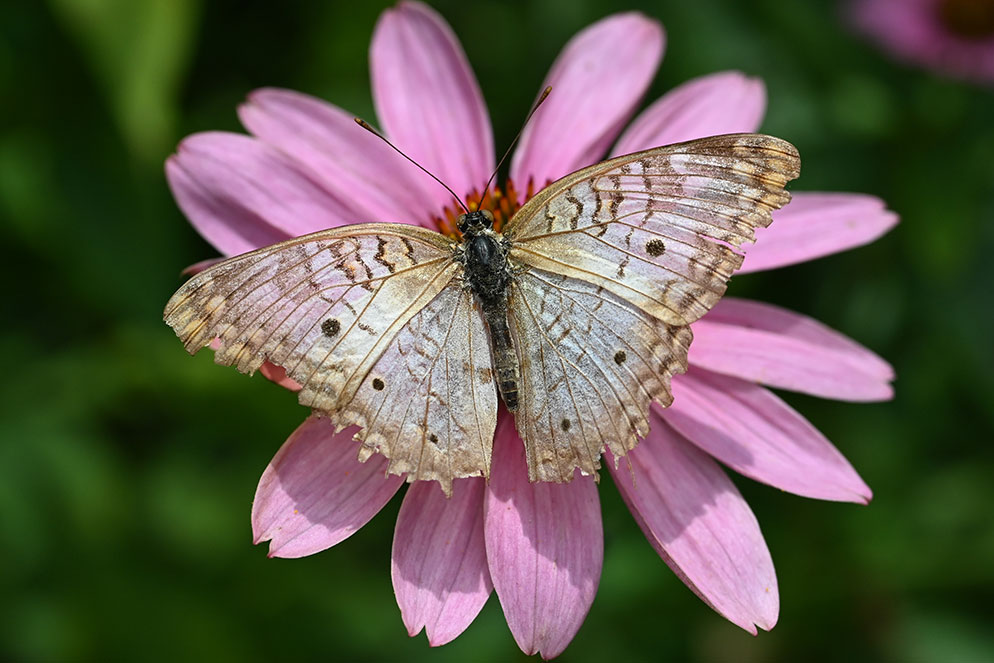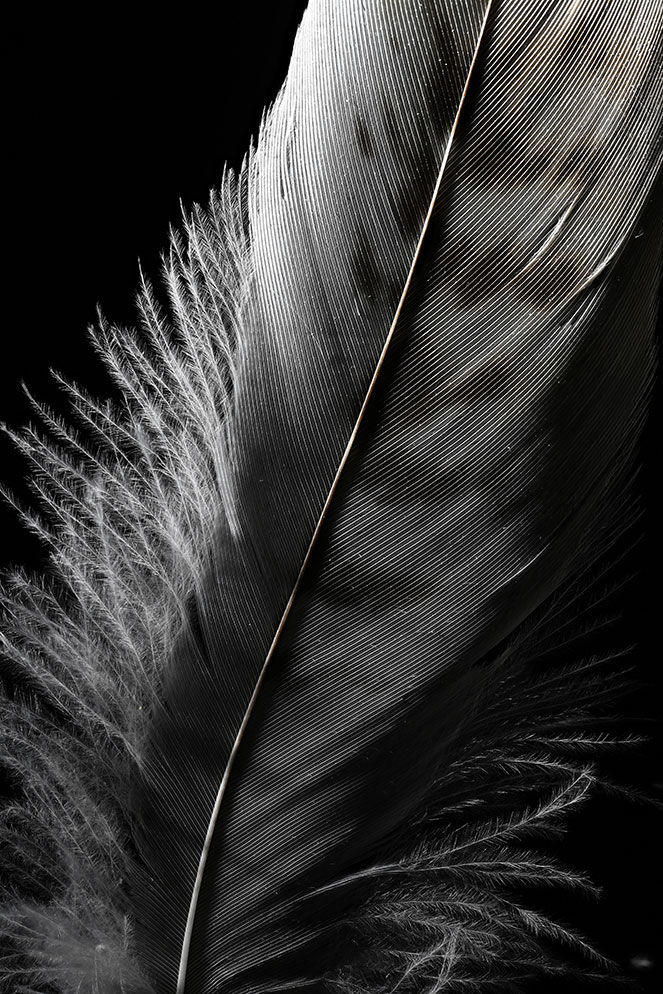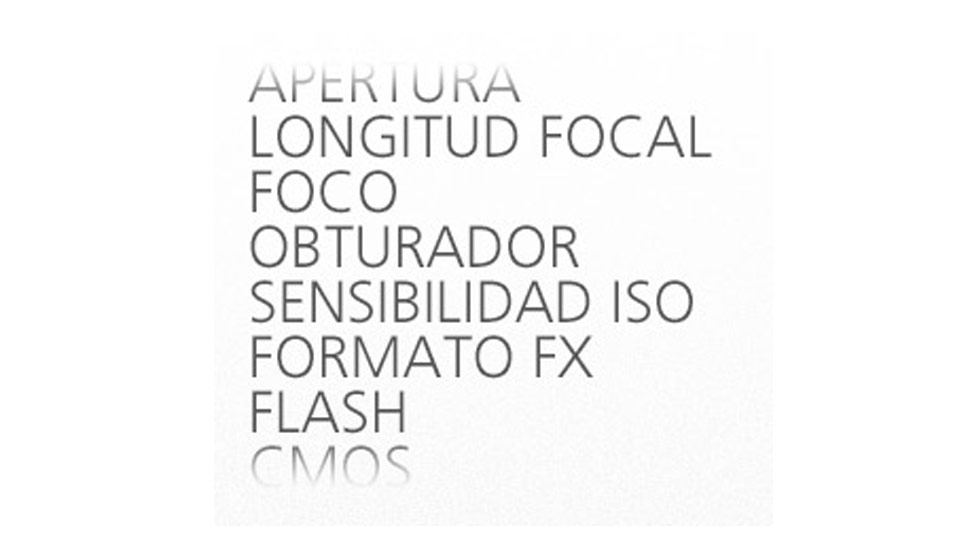NIKKOR Z Mirrorless Macro Lenses
Photographed with the NIKKOR Z MC 105mm f/2.8 VR S lens.
Macro photography gives you the ability to take photographs of details so tiny, they’re often missed by the naked eye, revealing hidden worlds—images you simply can’t capture using a normal lens.
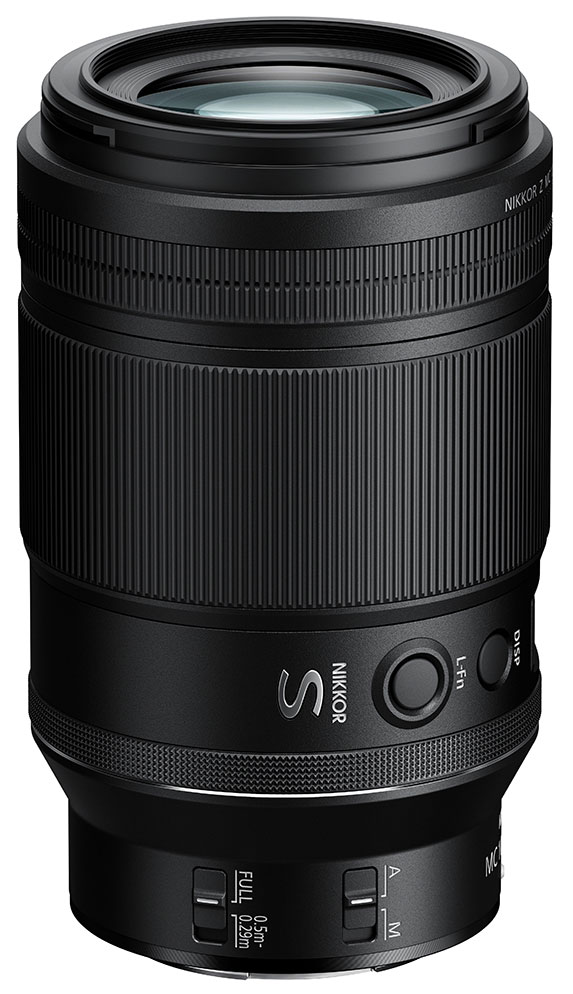
NIKKOR Z MC 105mm f/2.8 VR S lens
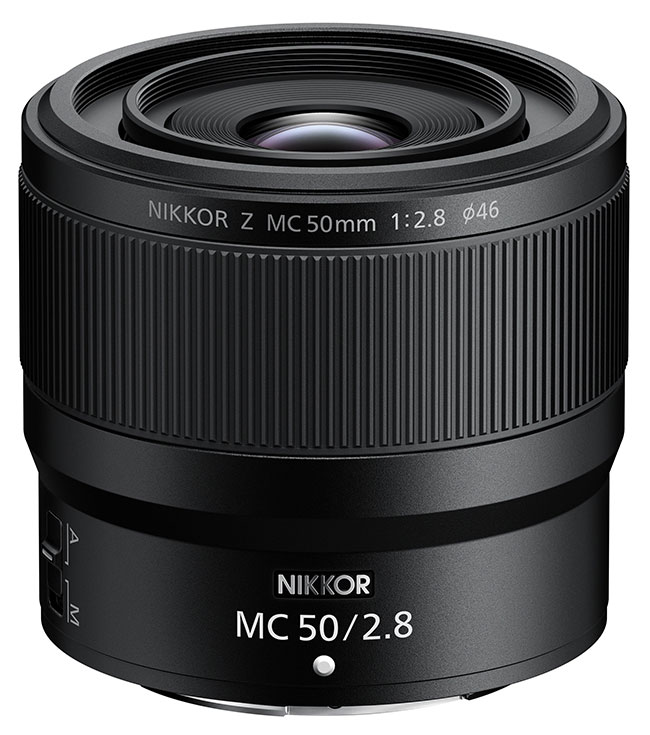
NIKKOR Z MC 50mm f/2.8 lens
A true macro lens—Nikon's designation is Micro NIKKOR (MC)—allows you to you take photographs that have a 1:1 reproduction ratio (lifesize), without the need for any additional accessories. A picture is described as lifesize when the image reproduced on the sensor is equal to the subject size in real life. Micro NIKKOR lenses are popular lenses because they offer tremendous versatility, large reproduction ratios, ease-of-use and outstanding value.
Nikon currently offers two Micro NIKKOR lenses designed for the Z series mirrorless cameras, the NIKKOR Z MC 105mm f/2.8 VR S and the NIKKOR Z MC 50mm f/2.8 lens. Both offer beautiful bokeh at wide apertures, edge to edge sharpness and superior resolution.
Photographed with the NIKKOR Z MC 105mm f/2.8 VR S lens.
On a DX format Z series mirrorless camera the 50mm is effectively a 75mm focal length (in 35mm format) and the 105mm is effectively a 158mm lens (in 35mm format).
However, just because a Micro NIKKOR lens gives you the ability to create photographs of tiny subjects, you don't always have to use the lens as such. In addition to macro capabilities, the lenses are also fully functional prime lenses at their respective focal lengths. The 105mm focal length of the NIKKOR Z MC 105mm f/2.8 VR S makes it an ideal lens for portraiture. The NIKKOR Z MC 50mm f/2.8 lens is a great all-around lens you can always keep on your camera with its normal focal length, light weight and compact size.
Nikon's Micro NIKKOR lenses are designed to perform their best from infinity all the way down to their closest focusing distances. The close focusing distance is known as free working distance and is what distinguishes Micro NIKKOR lenses from one another. Moving in extremely close to the subject using a Micro NIKKOR lens lets you to fill the entire frame with your subject, allowing you to expand your artistic vision.
Photographed with the NIKKOR Z MC 105mm f/2.8 VR S lens.
In fact, Nikon's Micro NIKKOR lenses for the Z mount feature a focus limiter switch on the lens barrel. Set this and the camera will know you’re shooting close up so it will limit the autofocus search range—focusing quicker.
While you might be used to shooting macro subjects with the camera on a tripod, the 105mm lens has VR built into it, and the 50mm uses the VR that’s built into full-frame Z camera bodies, so handheld shooting is possible.
And because they use Nikon’s STM focusing motor, autofocusing is smooth and quiet which means these lenses are also great options for shooting video with your Z series mirrorless camera.
Photographed with the NIKKOR Z MC 105mm f/2.8 VR S lens on a Z 7II.
Photographed with the NIKKOR Z MC 105mm f/2.8 VR S lens on a Z 7II.

